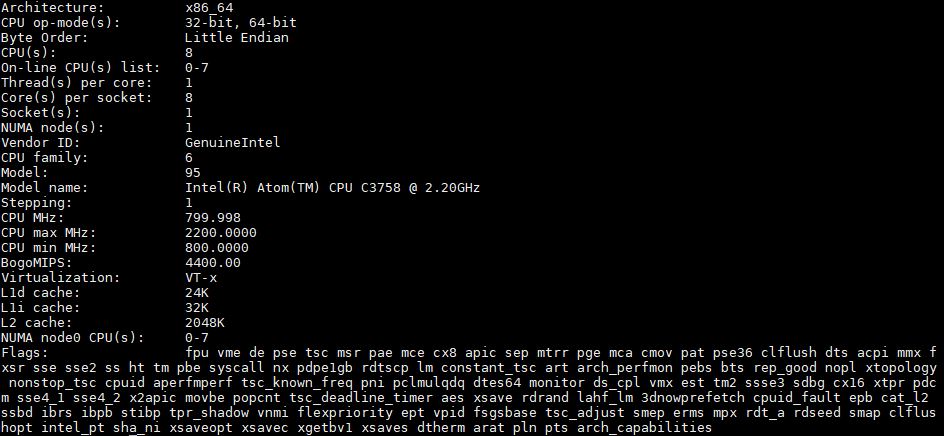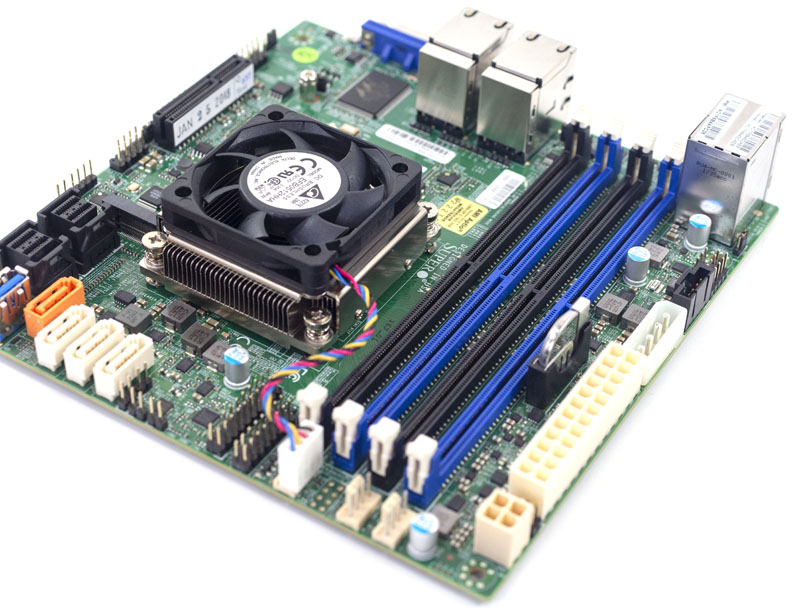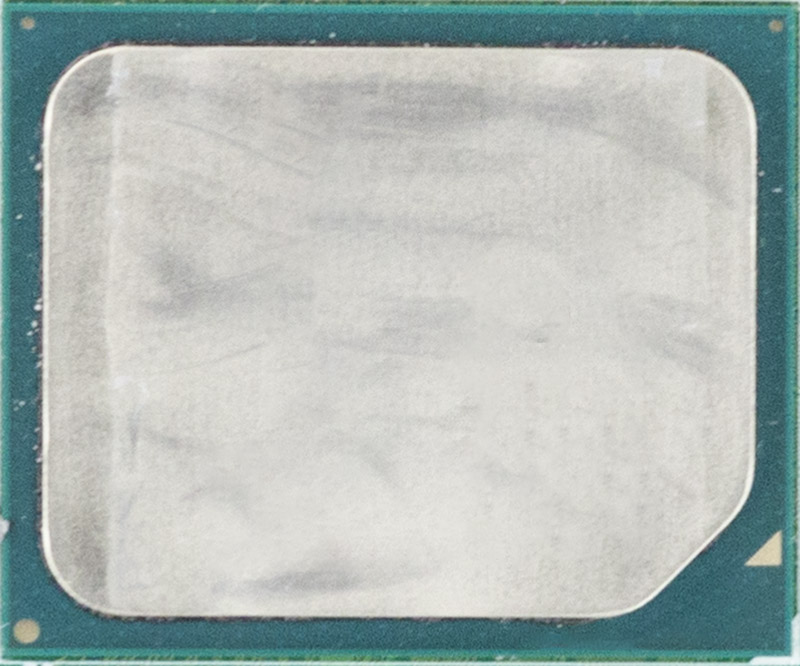At STH, we have tested several Intel Atom C3000 models including the Intel Atom C3338, Atom C3558, and Atom C3958 among others, but we had not tested the Intel Atom C3758 yet. That ends with this review. After getting some time with the 8-core Intel Atom C3758, we think it offers a strong value proposition for many embedded appliances. In fact, this low power CPU is one that we will end up recommending based on its performance.
Key stats for the Intel Atom C3758: 8 cores / 8 threads running at a 2.2GHz clock and a 16MB cache. This is one of Intel’s “Denverton” Atom C3000 SKUs with QuickAssist onboard. This is a $193 list price part features a low 25W TDP. Here is the ARK page with the feature set.
Here is what the lscpu output looks like for the chips:

Test Configuration
Here is our basic configuration for this class of CPU:
- Motherboard: Supermicro A2SDi-8C+-HLN4F
- CPU: Intel Atom C3758 (embedded)
- RAM: 4x 16GB DDR4-2400 ECC RDIMMs
- SSD: Intel DC S3710 400GB
- SATADOM: Supermicro 32GB SATADOM
The CPU itself supports up to 256GB of RAM, in a 4x 64GB configuration. For this class of SKU, that is plenty and our most common configurations are 32GB and 64GB in this range of processor.

For those who want a review of the Supermicro A2SDi-8C+-HLN4F, that is coming very soon. This small mITX platform is extremely interesting both as a network and firewall appliance as well as the base of a storage solution. For 2U 10 bay 3.5″ software raid boxes, for example, the Intel Atom C3758 has plenty of power and the Supermicro A2SDi-8C+-HLN4F has the onboard features to make a very low cost, low power, and yet high-performing system.
Since the CPUs are affixed to motherboards directly, we publish our power consumption figures at the platform-level. This is doubly important in this SoC range since other platform components can have a large impact on overall power consumption sometimes more than the primary SoC. Stay tuned for the upcoming review. It will not be long as the draft is already complete.
Next, we are going to take a look at our Intel Atom C3758 benchmarks, we are then going to focus on power consumption then conclude with our final words on the processors.





Thank you for that article John, two comments:
1) I wouldn’t consider the Xeon D-21xx series of chips competition to the C3xxx series Atom line. They are well differentiated (hardware capabilities, power consumption, price). A better comparison are the lower-power offerings in the D-15xx Xeon series whose attributes overlap significantly with the Atom C3xxx series.
For example, I find the Xeon D-15xx Flex ATX boards from Supermicro the ones to beat when it comes to building a relatively future-proof storage-centric server. SuperMicro offers a variety of CPUs and board component choices while also offering two PCI3.0 x8 slots, a PCI3.0 x4 NVME interface, dual SATADOM ports, oodles of RAM capacity, optional LSI SAS, SFP+, 10GBe copper, etc.
2) I wish that ServeTheHome offered a synthetic benchmark test that took a FreeNAS or similar SOHO platform and benchmarked it with a couple of use cases – i.e. transfer speeds with 1-10 users.
For example, it would be great to know if the 2-Core Pentium 1508 may be a better CPU for a SMB/CIFS SOHO application than a higher-core D-15xx competitor. It’s peak clock speed is higher and some protocols like SMB/CIFS are single-thread. Other users may be interested in transcoding/streaming benchmarks, virtualization, and so on.
Patrick has described an amazing lab environment, it would be great if STH could put all those CPUs to work hammering a server test subject with demands for content, attempts to write, etc. Conversely, if creating a benchmark is not going to happen, how about explaining how to extrapolate to real-life scenarios such as maximum 10GBe performance,?
@ Constantin, I agree with you some realworld benchmarks would be helpfull.
But you could kinda extrapolate the answer you are looking for from the syntetics.
I came to the conclussion that the C3758 would probally not be able to get close to 10gbe(with nvme or ssds) but I am currios if I was right or even close.
There are not a lot of information about cpu and boards for server use compaired to gpus and cpus.
Heck even plain rgb stuff gets more reviews then server stuff.